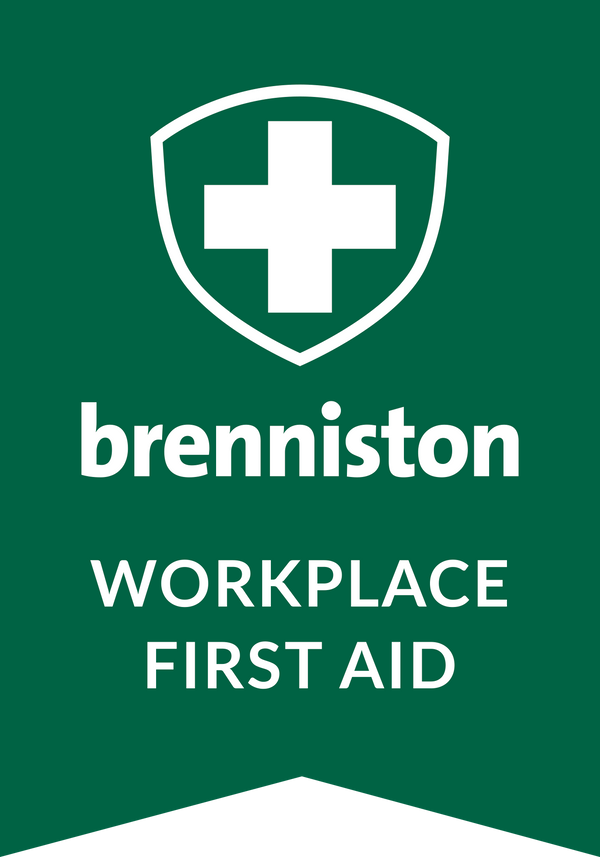To identify any potential hazards in the workplace you must determine situations or items that could potentially cause harm to people. There are four key aspects of work that can cause workplace hazards.
1. The physical work environment
2. Equipment, materials and substance use
3. Work tasks and how they perform
4.Work design and management
For more information see Safe Work Australia.
